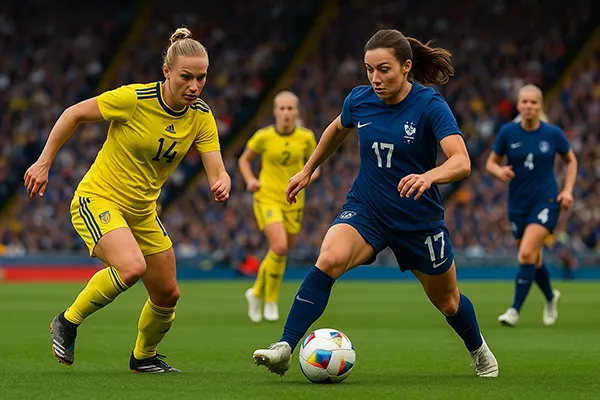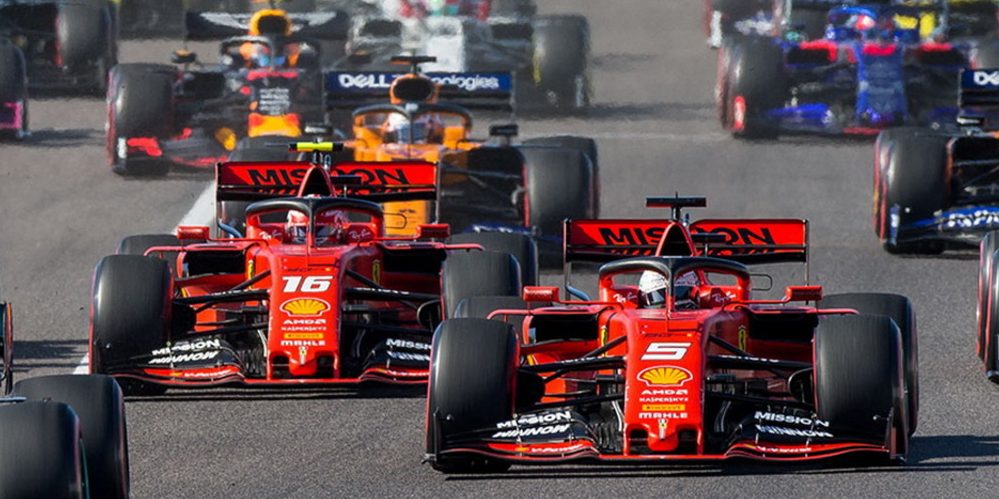
The Evolution of Women’s League Tournaments in Europe: From Amateur Teams to Professional Competitions
Women’s football in Europe has witnessed an incredible transformation over the decades. From being primarily an amateur pursuit to becoming a professional sport, the development of women’s league tournaments reflects both social progress and growing popularity. This article explores the journey of women’s football from grassroots beginnings to the professional level, highlighting key milestones and significant changes.
The Early Days: Amateur Beginnings and Local Competitions
In the early 20th century, women’s football in Europe was far from mainstream. Local competitions were often informal, with amateur teams playing on makeshift pitches. Enthusiasm was high, but the lack of official support hindered the sport’s growth. Nevertheless, dedicated teams emerged, laying the foundation for future developments.
Throughout the mid-1900s, women’s football faced social and institutional barriers. Many football associations did not recognise women’s teams, and some even banned the sport. Despite these challenges, passionate players formed local leagues, attracting small but dedicated fan bases. These grassroots efforts kept the sport alive through difficult periods.
One of the turning points came in the 1970s, as some European countries began to formally recognise women’s football. National leagues were established, albeit with limited resources and minimal media coverage. However, the passion of the players and their supporters fueled a slow but steady rise in popularity.
Key Milestones in Early Development
One significant milestone was the formation of the first women’s national leagues in countries like Italy and Denmark. These leagues, though far from professional, offered a structured environment for competition. As the number of participating teams increased, so did the recognition of women’s football as a legitimate sporting activity.
In the 1980s, UEFA began to take notice of women’s football, paving the way for future European tournaments. The establishment of international friendly matches highlighted the growing interest, and teams from different countries started to compete more frequently.
By the end of the 20th century, several European nations had well-organised women’s football leagues, although professional status was still a distant dream for most players. Nevertheless, the groundwork was laid for future advancements.
The Professional Era: Recognition and Investment
The early 21st century marked a revolutionary shift towards professionalism in women’s football. Clubs that were traditionally male-dominated started to establish women’s teams, integrating them within their existing infrastructure. This change brought better training facilities, coaching, and financial support.
The UEFA Women’s Champions League, established in 2001, played a pivotal role in elevating the standard of women’s football. The competition brought together the best clubs across Europe, offering a platform for players to showcase their talents at an international level.
National associations began investing more significantly in their women’s leagues. Countries like England, France, and Germany led the way, with clubs like Arsenal, Lyon, and Wolfsburg becoming powerhouses in European women’s football. Sponsorship deals and broadcasting rights improved the visibility and financial stability of the sport.
Impact of Professionalisation
The professionalisation of women’s football led to an influx of international talent, raising the quality of competition. Players could now pursue football as a career, leading to a more dynamic and competitive league structure.
Television coverage and streaming services brought women’s matches to a wider audience, fostering a growing fan base. Major clubs also started investing in youth academies for girls, ensuring the development of talent from a young age.
The increasing visibility also had social impacts, inspiring more young girls to participate in football and pursue it as a viable career path. The sport’s transformation from amateur roots to professional recognition marked a new era for women’s football in Europe.

The Modern Landscape: Global Competitions and Media Presence
Today, women’s football in Europe is thriving. Major leagues like the Women’s Super League (WSL) in England and Division 1 Féminine in France are globally recognised for their high standards. The professionalism of these leagues attracts top players from around the world, creating a truly international competitive environment.
The UEFA Women’s EURO and FIFA Women’s World Cup serve as premier international stages, showcasing European talent and reflecting the sport’s evolution. European clubs continue to dominate, with Barcelona, Lyon, and Chelsea leading the way in club competitions.
Media coverage has improved dramatically, with major networks and streaming platforms airing matches regularly. Social media engagement has also amplified the sport’s reach, enabling fans to follow their favourite teams and players closely.
Future Prospects and Challenges
Despite remarkable progress, challenges remain. There are disparities between countries regarding investment and infrastructure. While nations like England and France flourish, others still struggle to provide professional pathways for female players.
Nevertheless, ongoing efforts from UEFA and national federations aim to close the gap. Development programmes and increased funding are crucial in promoting equality within the sport. Grassroots initiatives also play a key role in nurturing future generations of players.
The future of women’s football in Europe looks bright. With consistent growth, professional standards, and increased visibility, the journey from amateur beginnings to professional prominence is a testament to the dedication and passion of all those involved.
Popular articles
-
 How to dress for cross-country skiing...
How to dress for cross-country skiing...As the old Scandinavian saying goes, “There is no such …
-
 Formula 1 covered the management crisis
Formula 1 covered the management crisisLast season was far from the best for the FIA …
-
 Live Betting: Managing In-Play Market...
Live Betting: Managing In-Play Market...Live betting on sports events presents both exceptional opportunities and …
